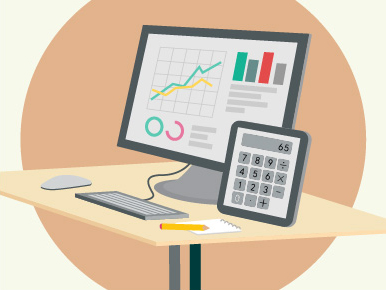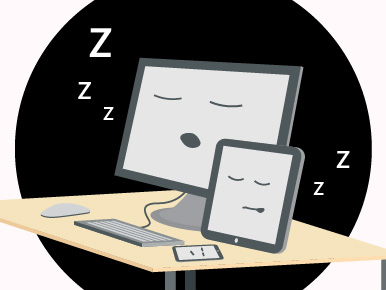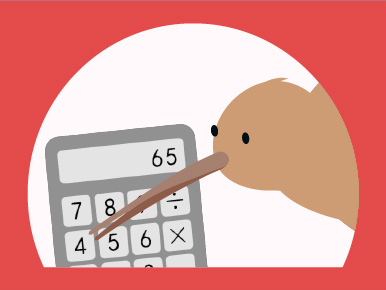KiwiSaver can be an essential tool for retirement planning. But when it comes to building a comfortable financial future, many people underestimate the impact of choosing an appropriate contribution rate.
If you’re wondering whether to stick with the default 3% contribution rate or opt for a higher rate, here are some important things to consider.
Start with your retirement goals
The first thing to consider is your retirement goals. Will a 3% contribution rate give you the retirement lifestyle you desire?
Make sure you have a clear picture of what you want your retirement to look like and how much it will cost. Tools like retirement calculators – like Sorted’s KiwiSaver calculator – can help estimate how much you’re on track to save, based on your age, your income, and your current KiwiSaver balance.
Once you’ve run your numbers, the question is: how much is enough? Experts including the OECD, the Grattan Institute and others recommend replacing around 70% of your after-tax pre-retirement income. An even more cautious approach would be to save enough to replace between 70-100% of your pre-retirement income, factoring in whether you’ll have paid off your mortgage, or if you’ll still have rent or mortgage payments to cover.
If your KiwiSaver calculations show that a 3% contribution might not get you there, it’s never too late to make adjustments.
Long-term vs short-term financial needs
A higher contribution rate means less take-home pay. So, choosing a higher contribution rate is not just about your future, but also your current financial needs.
Before increasing your KiwiSaver contributions, ask yourself: Can I comfortably afford to contribute more without hindering my ability to meet day-to-day expenses, and other financial commitments?
If your budget is already tight, increasing your KiwiSaver contributions might not be feasible. On the other hand, if you have some wiggle room in your budget, increasing your contributions could be a smart move towards securing a better retirement.
Think about your liquidity needs in the near future
Another key thing to think about is whether you might need to access that money in the medium term. Remember, the money you put into your KiwiSaver plan can’t be withdrawn until you reach the age of 65 (with few exceptions, like buying your first home or experiencing significant financial hardship).
If you have other savings or an emergency fund to fall back on, you might feel more comfortable locking away a higher percentage of your income in KiwiSaver. Otherwise, it could be a good idea to consider other types of investments. Once again, the choice depends on your unique situation: please get in touch if you’d like to explore your options.
Your age and time until retirement also matter
Your stage in life also plays a crucial role in this decision. Younger savers, for example, have the advantage of time: by increasing their contributions, they can make the most of compounding returns (returns generating their own returns). And over time, this can significantly boost their savings.
Those closer to retirement, on the other hand, might consider increasing contributions to compensate for a later start in savings. But they will also need to weigh up the benefits of boosting their KiwiSaver balance against other liquidity needs, especially with the shorter amount of time they have for compounding returns to work their magic.
The bottom line: it’s all about your personal circumstances
Ultimately, the decision to increase your KiwiSaver contribution rate depends on your unique circumstances and goals. Not quite sure where to start? Speaking with a financial adviser can provide clarity and help tailor a suitable strategy.
As always, we’re here to help. Get in touch today to ensure your KiwiSaver plan aligns with your long-term financial aspirations.
Disclaimer: Please note that the content provided in this article is intended as an overview and as general information only. While care is taken to ensure accuracy and reliability, the information provided is subject to continuous change and may not reflect current developments or address your situation. Before making any decisions based on the information provided in this article, please use your discretion and seek independent guidance.













